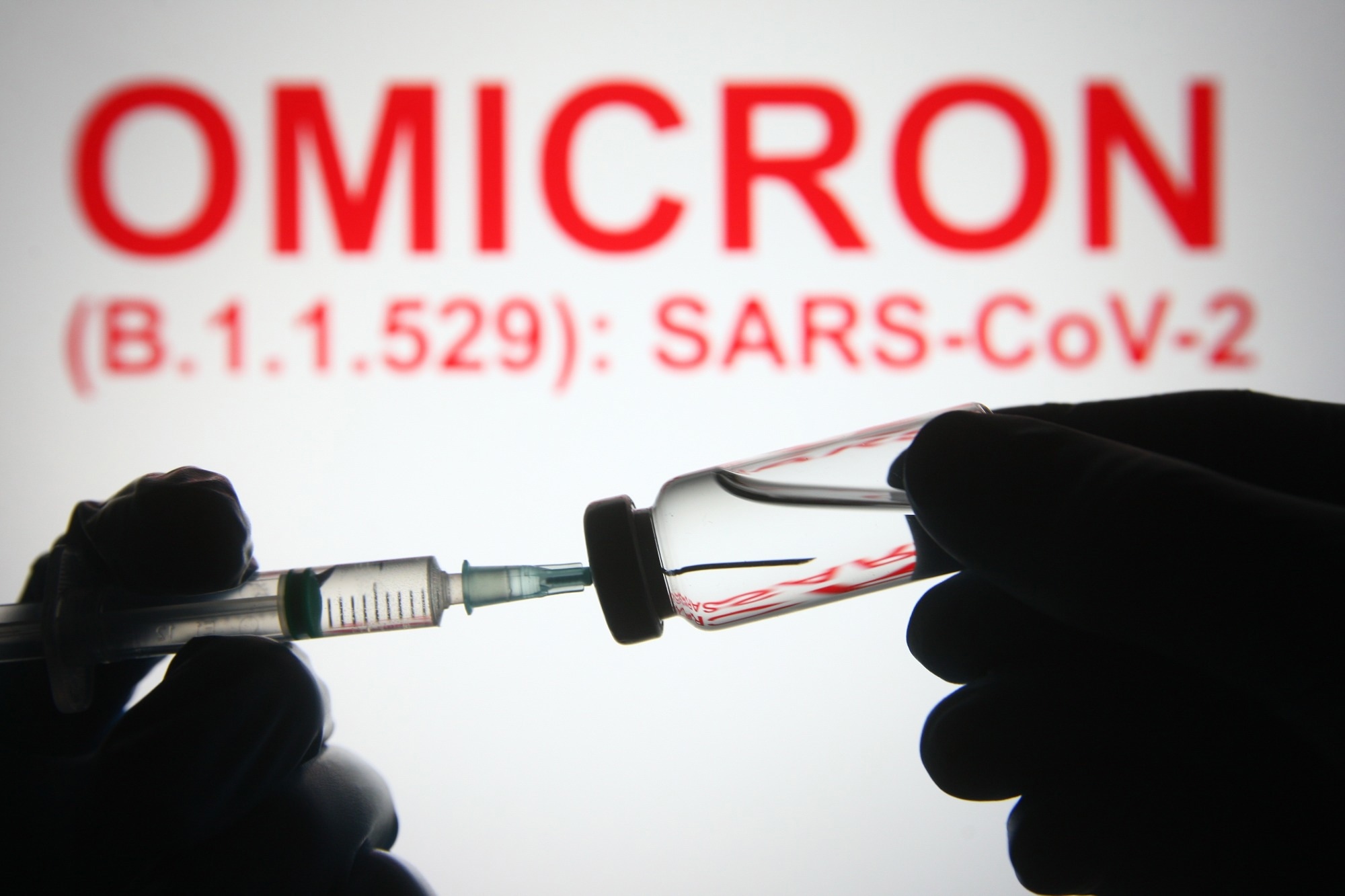It has been demonstrated that the COVID-19 vaccine protects against severe illness, hospitalizations, and death when infected with SARS-CoV-2, including the Omicron variant. Previous studies have compared homologous vaccine schedules that used the same vaccine products and heterologous vaccine schedules that used different vaccine products. Such studies have reported increased humoral and cellular immunity in people who received the Ad26.COV2.S (Johnson & Johnson) as the primary dose, followed by heterologous boosting with mRNA-1273 (Moderna) or BNT162b2 (Pfizer–BioNTech) mRNA vaccines compared to those who received homologous boosting.
Such heterologous boosting was also observed to increase vaccine effectiveness (VE) against infection among people tested at pharmacies as well as US veterans. However, information regarding severe COVID-19 outcomes, especially among people who received the Ad26.COV2.S vaccine could not be obtained due to the small sample sizes of the previous studies.
A new study in the journal Clinical Infectious Diseases aimed to determine the relative vaccine effectiveness (rVE) in three different recipient cohorts, those who received the Ad26.COV2.S vaccine followed by Ad26.COV2.S booster, those who received the Ad26.COV2.S vaccine followed by an mRNA booster, and those who received two doses of an mRNA vaccine followed by an mRNA booster.
 Study: Relative effectiveness of COVID-19 vaccination and booster dose combinations among 18.9 million vaccinated adults during the early SARS-CoV-2 Omicron period — United States, January 1, 2022–March 31, 2022. Image Credit: viewimage / Shutterstock
Study: Relative effectiveness of COVID-19 vaccination and booster dose combinations among 18.9 million vaccinated adults during the early SARS-CoV-2 Omicron period — United States, January 1, 2022–March 31, 2022. Image Credit: viewimage / Shutterstock
About the study
The study involved two patient-level datasets: pharmacy and medical claims data, licensed from HealthVerity, Inc., a healthcare data technology company specializing in COVID-19 vaccine administration data received from the Federal Retail Pharmacy Program (FRPP) and privacy-preserving record linkage (PPRL). Real-world data licensed from HealthVerity, Inc. containing pharmacy and medical claims for 217M patients with a healthcare encounter related to COVID-19 or COVID-19 vaccination from January 1, 2019, to May 31, 2022.
Individuals were included in the two Ad26.COV2.S group on receipt of the Ad26.COV2.S booster 60 days after the primary dose. Individuals were included in the Ad26.COV2.S+mRNA group if they received the mRNA vaccine 60 days post the primary dose. Individuals were included in the three mRNA groups if they received the mRNA booster 120 days after the primary dose. Individuals who received the first dose of BNT162b2 Pfizer–BioNTech vaccine and a second dose 17 to 42 days after the first one as well as those who received the first dose of mRNA-1273 Moderna and a second dose 24 to 42 days following the first were considered to have completed the primary dosing as per guideline.
Individuals were excluded from the study if they were below 18 years of age at administration of the first vaccine, of unknown age or sex, were immunocompromised, and if they received a booster before September 23, 2021, and after March 15, 2022, or if they received Ad26.COV2.S booster followed two mRNA primary doses. The identification of outcomes took place through the International Classification of Diseases, Tenth Revision, Clinical Modification (ICD-10-CM) code of U07.1. Several outcomes were assessed during the early Omicron period, which included any claim with COVID-19, an outpatient claim with COVID-19, an inpatient claim with COVID-19, an emergency department (ED) claim with COVID-19, and an inpatient claim with COVID-19 and ICU admission code.
Study findings
The results indicated that a total of 18,912,378 adults were included in the study. Participants who received two Ad26.COV2.S doses were observed to be a little older than those three mRNA doses or Ad26.COV2.S+mRNA doses. More than 80 percent of participants reported not having any underlying medical conditions associated with COVID-19, and more than 92 percent of participants had no record of previous SARS-CoV-2 infection.
The incidence of all outcomes was the highest in participants who received two Ad26.COV2.S doses. However, participants who received an mRNA booster were observed to show higher vaccine effectiveness against all outcomes, while the effectiveness was not significantly different for three mRNA and Ad26.COV2.S+mRNA. Ad26.COV2.S + mRNA doses and three mRNA doses were observed to show higher rVE against the three mildest outcomes compared to two Ad26.COV2.S doses among adults aged between 18 and 49 years, between 50 and 64 years, and above 65 years. Results from comparison with another cohort that received two mRNA doses and Ad26.COV2.S booster reported a higher incidence of the three milder outcomes (an ED claim with COVID-19, any outpatient claim with COVID-19, and any claim with COVID-19) compared to the other cohorts.
Therefore, the current study indicated the importance of PPRL for public health research. It suggested three mRNA and Ad26.COV2.S+mRNA dose schedules provided greater protection against many outcomes than two Ad26.COV2.S doses. Such findings might be helpful for the development of COVID-19 vaccine recommendations.
Limitations
The study consists of several limitations. First, the study might comprise misclassification of vaccination status. Second, the study did not include all possible outcomes. Third, the study's results might not be generalizable to the entire population. Fourth, absolute vaccine effectiveness could not be assessed. Fifth, the study might consist of bias. Sixth, information on vaccine administration settings was not available. Seventh, PPRL techniques can have false-positive linkages between clinical data sources and vaccination. Eighth, the study did not identify people with COVID-19-like illness symptoms. Finally, the study did not consider the receipt of a second booster or additional doses that might affect severe COVID-19.